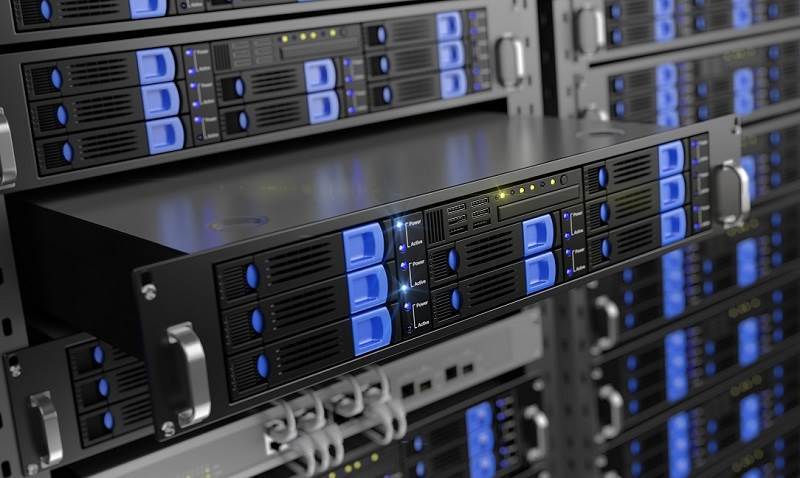
By Michael Zwolski
Planning storage for your open environment is a lot like planning a social gathering. The right mix of people makes a gathering successful, just like the right mix of open storage options makes your open environment successful.
In the area of open storage purchases, people commonly think of Dell/EMC, NetApp, or Pure. Often absent from the mix is IBM.
That’s odd, considering IBM is the Number 2 storage manufacturer worldwide. Also, IBM holds a commanding market share lead in high-end systems for the enterprise class mainframes that drive our increasingly wired world.
So where are they in the open systems space? The answer is: sitting right there in front of you, and not getting noticed!
There are a couple of reasons for this, but the biggest reason is IBM’s venerable technology leadership: they have held US patent leadership for more years than anyone can count. They build great storage products but they don’t promote them well. Theirs is more of a “if you build it, they will come” thinking.
So you may need a reason to look at IBM; I’m going to give you 10 reasons. Here are my top 10 reasons for looking at the IBM FlashSystem (FS) storage family:
- With its history, size, and install base, IBM is clearly not a risky business purchase. They are in it for the long haul.
- IBM recently announced a remarkably simple open systems storage strategy: one family of products that scales from the smallest to the largest customer and all running the same code base. No buying a product with limited growth, or with a questionable roadmap for the future.
- The underlying software can be purchased in any of three flavors, all of which interact seamlessly and look the same to the customer:
- IBM manufactured hardware and software integrated at the plant.
- IBM software only for use with customer provided hardware.
- Cloud based software.
- IBM latency is the best in the industry, at 100 microseconds. You can do up to 2.5M IOPS to a single 2U enclosure.
- Seven nine’s availability (99.99999%) with the use of optional IBM HyperSwap Capability. Six nine’s availability without.
- IBM supports Storage Class Memory (SCM) and NVMe throughout. PS - the flash cards used by the storage subsystem providers are made by the same manufacturers worldwide.
- IBM’s value is the wrapping of these flash cards into what are called FCM’s, or Flash Core Modules. These FCM’s provide processing capability to each card that includes compression (with a minimum 2:1 IBM guarantee) and encryption, both done at wire speed. Put another way, as fast as anything else out there, with compression and encryption done without end user performance impact as an added benefit.
- A robust set of functionality in the base product including snap shots, remote copy, DR capability with low RTO and RPO (Recovery Point and Time Objectives), hardware tiering (self tuning), and reporting.
- A simplified pricing structure, with the hardware and software available with matching warranty terms. No more buying hardware with three years support and then finding out that software comes only with three months support.
- You can virtualize existing storage equipment behind the IBM FS storage. In fact, over 500 models of other manufacturers products are supported. It’s the longest list of virtualized products on the industry.
If my list has piqued your interest, fill out the form below so we can schedule a time to discuss storage options.
Keep in mind that the one guest who wasn’t an obvious choice can liven up any gathering. That one option for your open systems storage purchases that wasn’t obvious can stir up the process. You might even find you end up with a better end result.
About the author
Michael Zwolski is a z Systems and Storage Solution Advisor with LRS IT Solutions. With more than 30 years of experience supporting Fortune 100 IBM customers in the areas of mainframe and enterprise storage, Michael is skilled at interfacing between technical and business resources. His knowledge of IBM storage solutions including DS8000, FlashSystem, SVC, and TS7000 and others make him a valuable asset on storage projects.